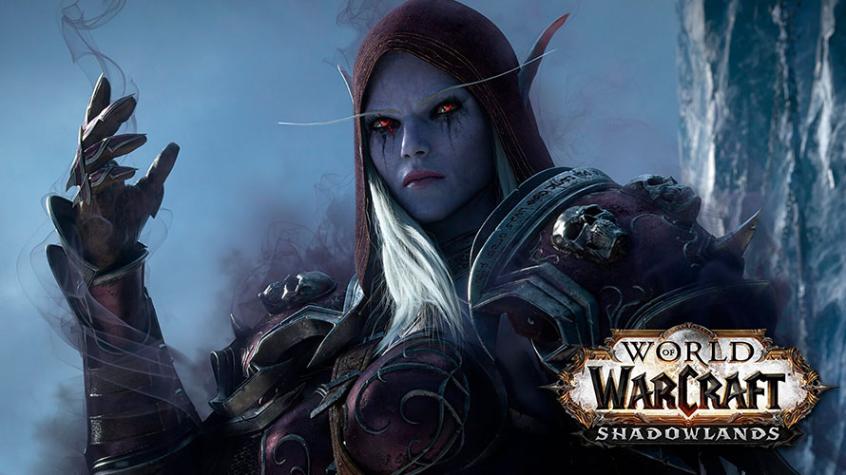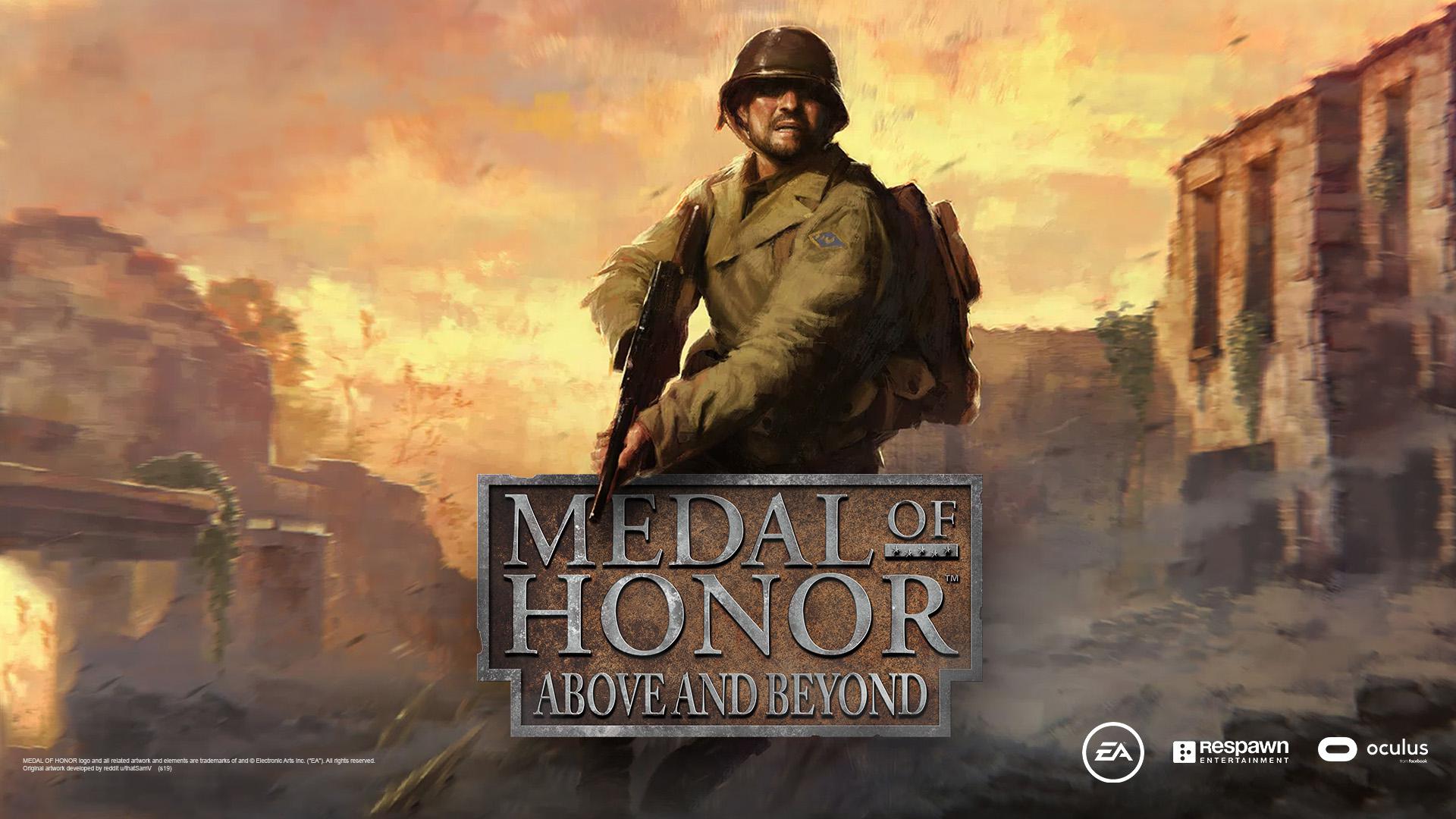In 1993, the video game world was saturated with side-scrolling platformers. But few had the backing, charm, or cinematic polish of Disney’s Aladdin on the Sega Genesis. Developed by Virgin Games in collaboration with Disney, this version of Aladdin wasn't just another licensed tie-in—it was a technological and artistic leap that stunned players and critics alike. For the first time, it felt like a game truly looked and moved like an animated film.
At the center of this achievement was a rare partnership: actual Disney animators were brought in to create the character frames. These weren’t reinterpretations by game artists—they were literal hand-drawn frames scanned directly into the game using a technique called “Digicel,” developed by Virgin’s animation team. This gave Aladdin a visual style that hadn’t been seen before on a home console. The movement, expressions, and fluidity of the characters rivaled anything players had seen up to that point.
The collaboration came with risk. Disney was known for being highly protective of its properties, and the idea of lending their animators to a video game was uncharted territory. But the gamble paid off. Led by programmer David Perry, the Virgin team created a game that wasn’t just beautiful—it was tightly constructed, deeply playable, and faithful to the spirit of the animated movie without simply rehashing it.
























